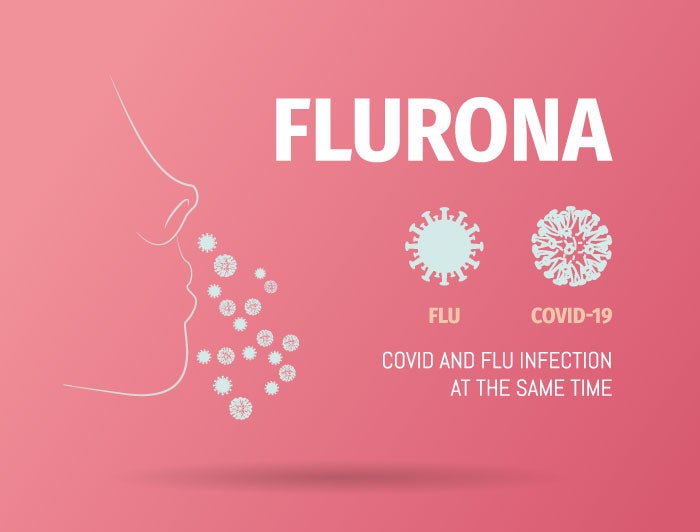Flu Shots and Measles Vaccines Could Help Against COVID-19
By WEILL CORNELL MEDICINE

You REALLY don't want flurona
While the world has celebrated the arrival of highly effective vaccines against COVID-19, new work by researchers at Weill Cornell Medicine and the University of Oxford shows that even unrelated vaccines could help reduce the burden of the pandemic.
The study, published on
January 10, 2022, in the Proceedings of the National
Academy of Sciences, crystallizes decades of evidence suggesting
that the generalized immune-boosting properties of many vaccines can
cross-protect patients against multiple pathogens.
Before
COVID-19-specific vaccines became available, many public health experts and
immunologists suggested immunizing vulnerable populations with other vaccines
to provide some degree of protection.
“We know that unrelated vaccines have these heterologous effects, and a reasonable person could tell you that if you used them during a pandemic, it would benefit,” said Dr. Nathaniel Hupert, an associate professor of population health sciences at Weill Cornell Medicine and lead author on the new paper.
However, it wasn’t clear how much such an intervention would help, which
populations would be best to target or how much of the population would have to
get the unrelated vaccines to have a meaningful effect.
To address those questions, Dr. Hupert and senior author Dr. Douglas Nixon, a professor of immunology in medicine in the Division of Infectious Diseases at Weill Cornell Medicine, and their colleagues from Weill Cornell Medicine and the University of Oxford used the COVID-19 International Modeling Consortium (CoMo) system, a sophisticated computer modeling platform they’d built in response to the pandemic.
“If you have a model that can be customized to a particular place
and time in the context of an outbreak, you can start to experiment with
different conditions of population immunity and see how things might have
played out,” Dr. Hupert said.
Using the winter 2020-21 COVID-19 wave that struck the United States after holiday season reopenings, the investigators modeled the likely effects of a non-COVID-19 vaccine intervention at different times and targeting different populations.
While they did not specify particular vaccines, the researchers chose values for cross-protection consistent with data from earlier studies on measles, influenza, tuberculosis, and other immunizations.
They found that an
unrelated vaccine that provided just 5 percent protection against serious
COVID-19, and was delivered to only a small portion of the population, would
have caused a substantial reduction in caseloads and hospital usage.
“Surprisingly, we found a couple of really interesting emergent results from what we put in the mix,” Dr. Hupert said. While COVID-19 severity correlates tightly with age, an experimental scenario that modeled vaccinating everyone over the age of 20 was more effective than strategies targeting only the elderly.
That could be
because younger people tend to have more social contacts across age groups,
making them more likely to spread the virus to more vulnerable populations. The
timing of the vaccinations also mattered, with delivery during the rising phase
of the wave of infections having the biggest impact.
“This
modeling study shows the potential power of all vaccines in keeping the
immunological system primed and healthy,” Dr. Nixon said, “and reinforces the
need for everyone to keep their vaccination history up to date, particularly
during a pandemic.”
Dr.
Hupert sees the new findings as a “double win,” suggesting that even nations
with difficulty distributing enough COVID-19-specific vaccines can intervene
with routine immunizations against other pathogens and, in combination with
non-pharmaceutical interventions such as face masks, could potentially blunt
ongoing COVID-19 waves while also preventing other diseases.
And
as vaccine-escaping variants of the SARS-CoV-2 virus
like Omicron sweep the globe, he notes that “each and every additional
protective measure that we can muster across populations at risk – even small
ones like those we modeled – will lead to fewer infections, which means fewer
new variants, which may mean a quicker end to the pandemic.”
Reference:
“Heterologous vaccination interventions to reduce pandemic morbidity and
mortality: Modeling the US winter 2020 COVID-19 wave” by Nathaniel Hupert,
Daniela Marín-Hernández, Bo Gao, Ricardo Águas and Douglas F. Nixon, 10 January
2022, Proceedings of the National Academy of Sciences.
DOI: 10.1073/pnas.2025448119